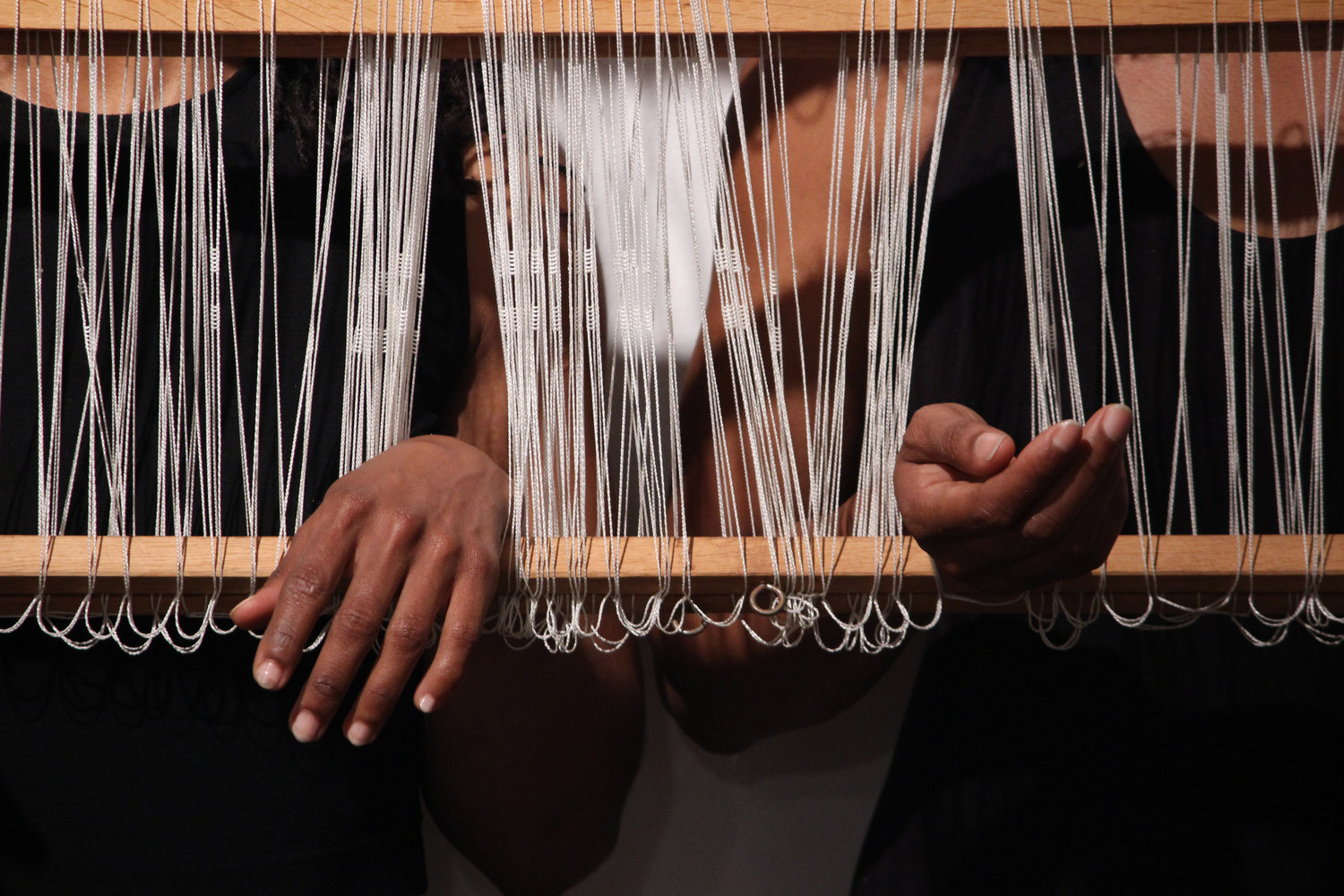
According to the National Museums Liverpool, ‘queering’ is used to describe “the reinterpretation of a cultural work or a person’s life story in specific relation to sexual orientation or gender. ’Queering’ can also refer to a strategic approach used by artists that involves deliberately repositioning or altering existing objects, so that the audience are invited to look at them from a different perspective.”
Queering is a verb, a concept, a catalyst for change or expansion.
Most of us have been taught to distinguish creative expression as falling into hierarchies and categories. We describe offerings as ‘art,’ ‘craft,’ ‘fashion,’ ‘performance,’ etcetera. Categories can be helpful descriptors, especially when bringing work to market. They can be useful tools of perception, and carry their own autonomous histories. But separating acts of creativity into categories is also problematic. Within this framework, we often perpetuate conscious or unconscious biases, overlook nuances and intersections, undervalue our own labor.
Like gender and sexuality, textiles are malleable and fluid. They exist in motion and are inextricably linked to performance. Textiles as a medium defy empirical categorization, manifesting equally as craft, art, fashion and more. Historically in the context of art, regardless of their universality and inherent power of pliability, textiles have often been disregarded and marginalized, siloed to domestic associations, rather than scholarly ones.
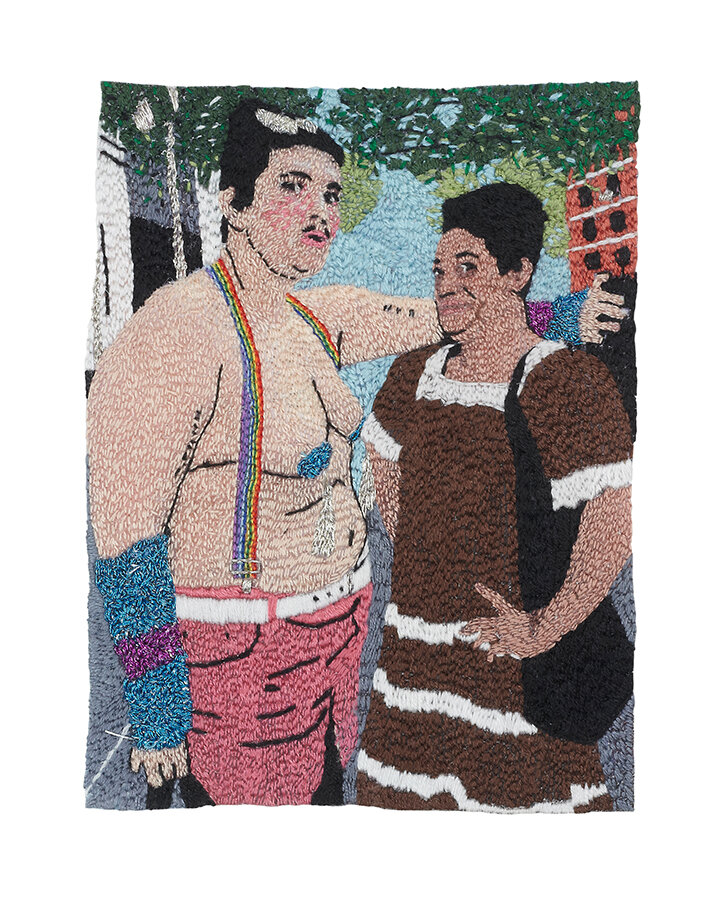
But it is exactly this fluidity which makes textiles the perfect medium to partner with a practice of queering. Textiles in and of themselves have the power to queer, to break down barriers and straddle categories. By separating craft, fine art, and fashion as performance we hope to locate the intrinsic and nuanced qualities of each; to queer textile binaries. How do we embrace the separations? How do we push against them and break with the binary?

Our goal with this lecture series is to locate the threads that run through these distinct approaches and ideologies from a queer perspective as a means to bring forth an expansive conversation that pushes modes of textile-making beyond the social and technological binaries which they have come to be associated with.
It is our hope that these similarities and differences will surface with each session and that further exploration will take place during a Q&A section moderated by Pato Hebert, artist, teacher, organizer, and Chair in the Department of Art & Public Policy at Tisch School of the Arts, New York University.
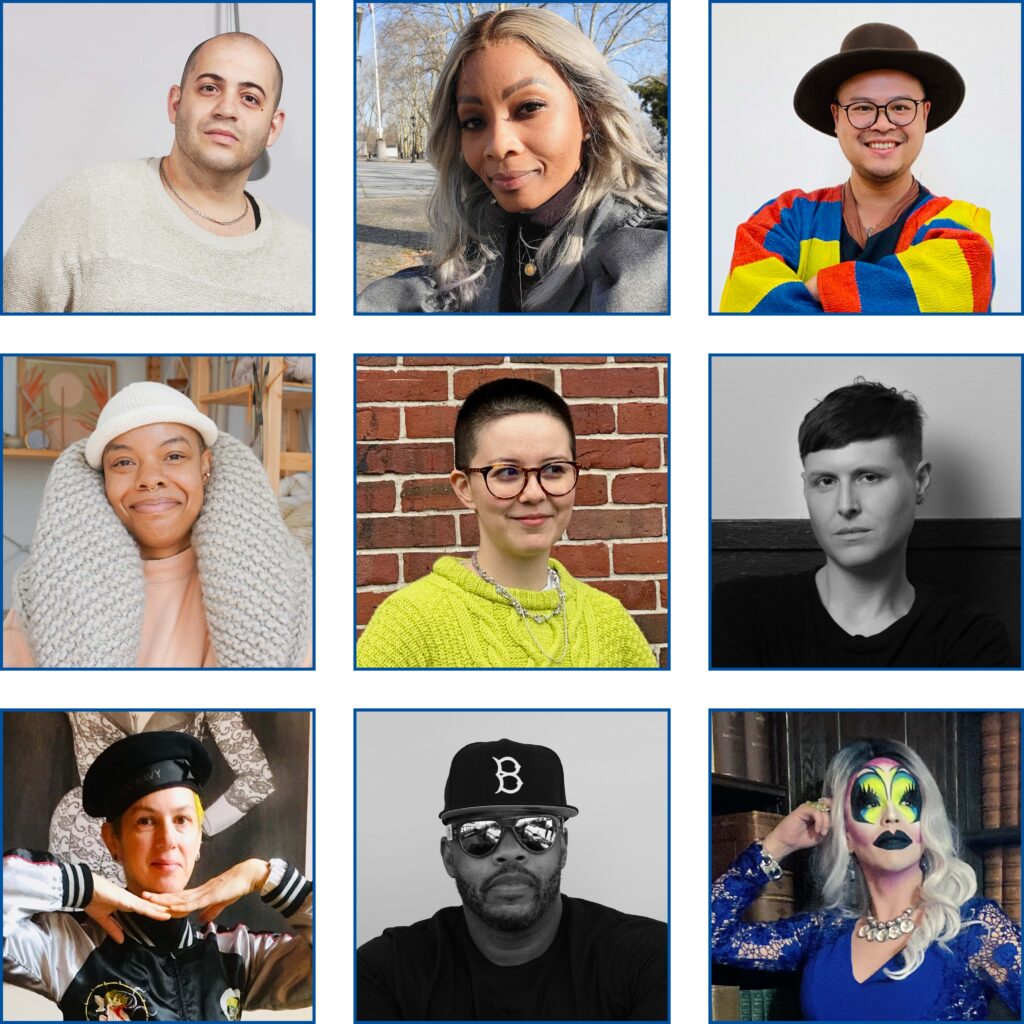
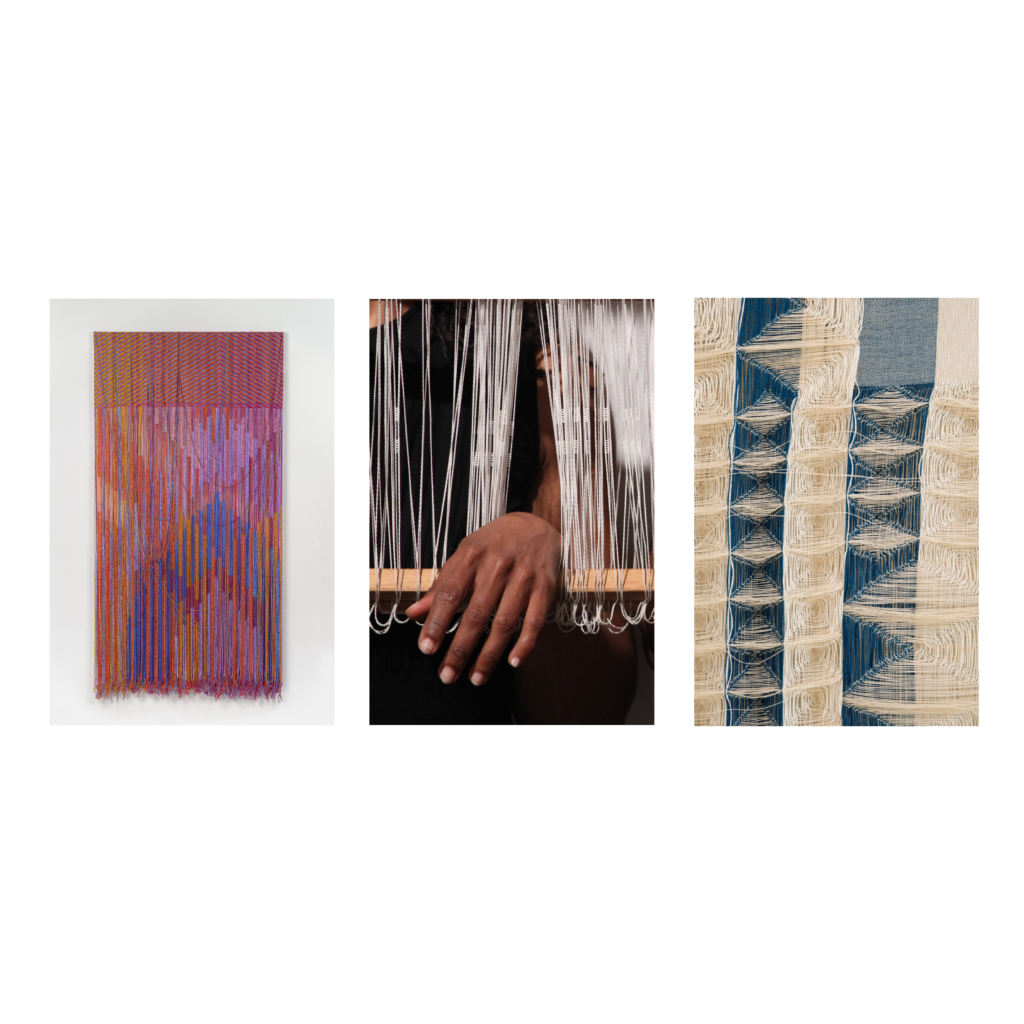
Queering The Loom – Wednesday, June 26
Weaving is never not binary. Yet, such a definition is reductive, ignoring a multitude of factors involved in weaving and excluding people whose lives are written outside the binary. In the spirit of transcending weaving beyond the binary, this program will bring together Indira Allegra, Jovencio de la Paz, and John Paul Morabito, queer artists working at the intersection of weaving and contemporary art. Through presentations on their work and an open discussion, the artists will explore the embodied, ontological, and rhizomatic nature of weaving and expand the practice into a space for queer, polynary thinking.
‘Crafting’ Queer Identity – Thursday, July 18 Making to mirror the flexibility and resilience in the queer community, to shield oneself from danger, to traverse physical transformation. These are just some of the notions the artists in this session explore to contend with, celebrate, and expand their understanding of what it means – like craft – to exist at the margins. Their laborious techniques demand a sleight of hand they’ve taken years to hone. Their choice to interlock, interlace, and push needles through cloth is a proclamation for who they are and the culture they belong to. Through presentations on their work, Brandy Cheyenne Harper, LJ Roberts, and Em also known as Made in the Moment will share how they navigate their queer identity through their chosen craft traditions.
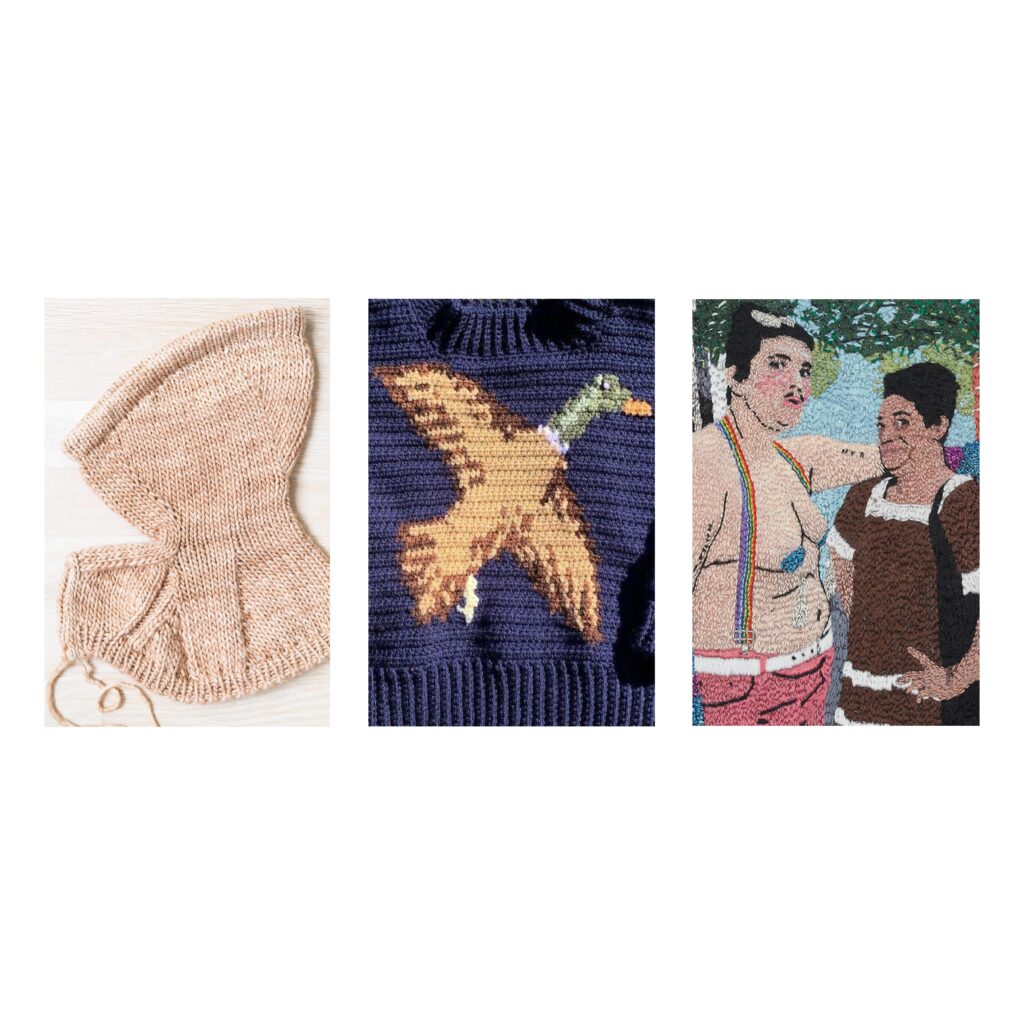
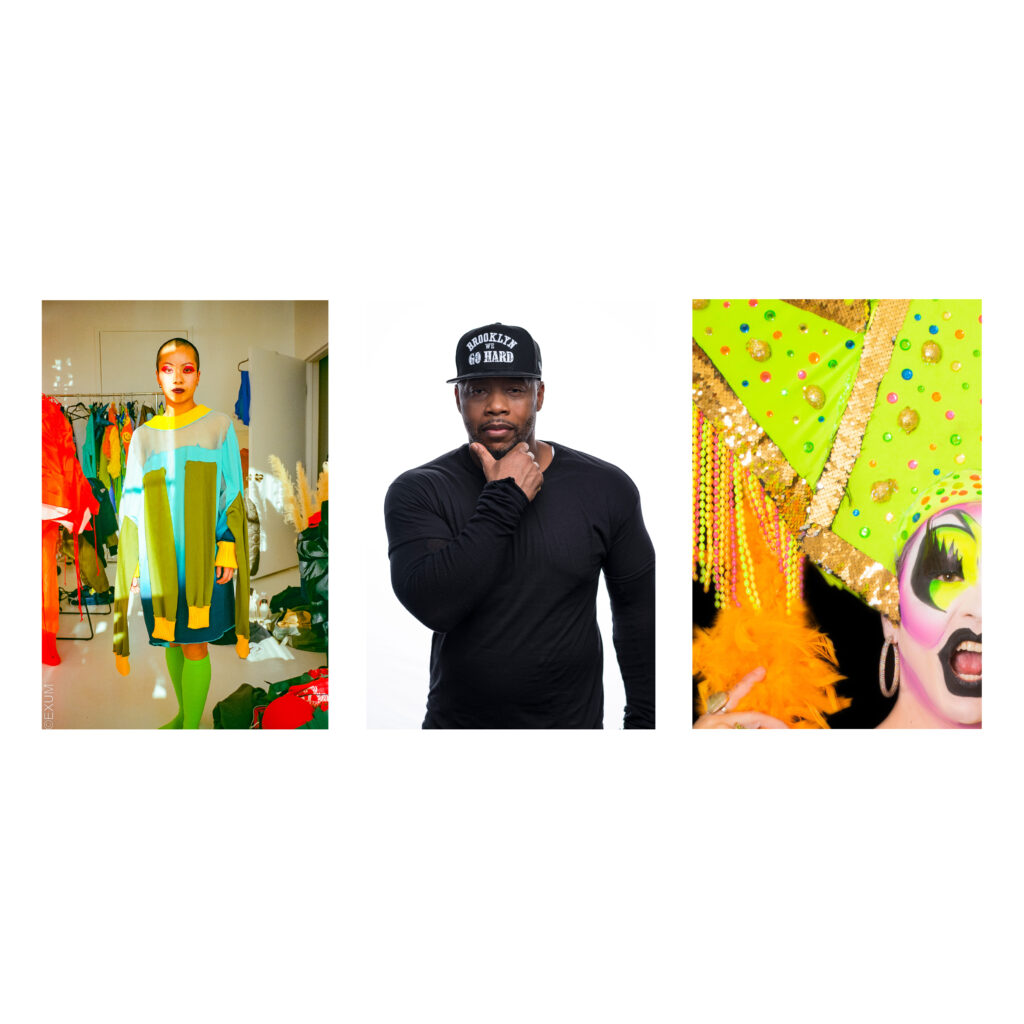
Fashion as Performance – Wednesday, July 24
The way in which we adorn ourselves is an expression of our individual and group identities. But when the stage is our arena of choice, what role does fashion play in constructing who we understand ourselves to be and who we are attempting to embody? Does gender belong on the stage or is the rigid binary associated with dress blurred when the spotlight is cast? In an effort to understand the tension between queerness and fashion and its far reaching social implications, this presentation and dialogue will bring together Claire Fleury, Dr. Lady J, and Michael Roberson to examine what we can learn at the intersection of identity, fashion, and performance through the lens of ballroom culture, drag, and runway.
